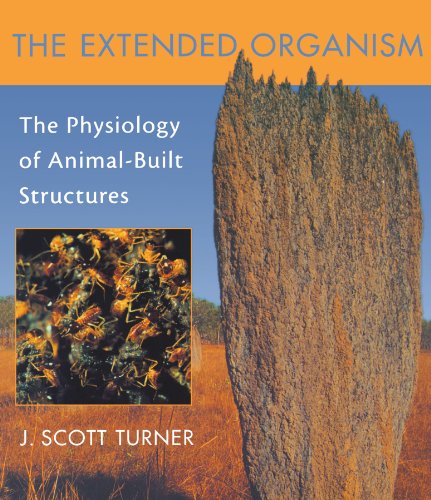

Most ebook files are in PDF format, so you can easily read them using various software such as Foxit Reader or directly on the Google Chrome browser.
Some ebook files are released by publishers in other formats such as .awz, .mobi, .epub, .fb2, etc. You may need to install specific software to read these formats on mobile/PC, such as Calibre.
Please read the tutorial at this link: https://ebookbell.com/faq
We offer FREE conversion to the popular formats you request; however, this may take some time. Therefore, right after payment, please email us, and we will try to provide the service as quickly as possible.
For some exceptional file formats or broken links (if any), please refrain from opening any disputes. Instead, email us first, and we will try to assist within a maximum of 6 hours.
EbookBell Team

5.0
90 reviewsCan the structures that animals build--from the humble burrows of earthworms to towering termite mounds to the Great Barrier Reef--be said to live? However counterintuitive the idea might first seem, physiological ecologist Scott Turner demonstrates in this book that many animals construct and use structures to harness and control the flow of energy from their environment to their own advantage. Building on Richard Dawkins's classic, The Extended Phenotype , Turner shows why drawing the boundary of an organism's physiology at the skin of the animal is arbitrary. Since the structures animals build undoubtedly do physiological work, capturing and channeling chemical and physical energy, Turner argues that such structures are more properly regarded not as frozen behaviors but as external organs of physiology and even extensions of the animal's phenotype. By challenging dearly held assumptions, a fascinating new view of the living world is opened to us, with implications for our understanding of physiology, the environment, and the remarkable structures animals build.
(20001210)